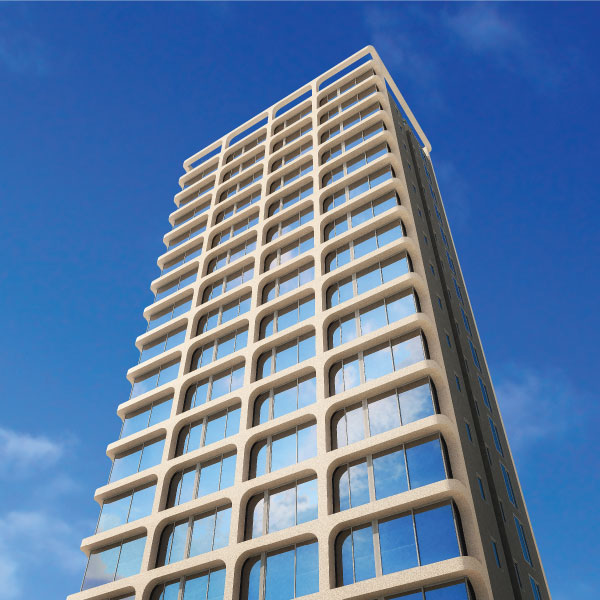Hydropneumatic Water System at Atria, Nexzone Explained
Last Updated on, June 26th, 2024

We have implemented a state-of-the-art hydropneumatic system for water distribution at Atria Tower in Marathon Nexzone. Here’s everything you need to know about the system, why it was selected and its benefits.
Despite its high installation cost, the Hydropneumatic system is a preferred choice among leading developers in India like Hiranandani, thanks to its superior performance and reliability.
What is a Hydropneumatic Pump System and How Does it Work?
A hydropneumatic pump system is a water supply system that ensures consistent water pressure to all units. It consists of a pump, pressure tank, and control mechanisms. The system works by using the pump to pressurize water into the tank, which contains air. As water is used, the pressure in the tank drops, triggering the pump to replenish the water and maintain pressure. This setup provides a reliable and steady flow of water, preventing pressure fluctuations and ensuring that residents receive adequate water pressure regardless of their location within the building.
This video showcases the operation of the Hydropneumatic System. The Hydropneumatic System employed by us has an enhanced functionality. Grunforce system which we have provided is a leading brand in the industry.
There are several different types of water supplied to the tower for various purposes. Here’s an overview of how a Hydropneumatic system works.
1. Domestic Water Supply
Water is supplied via MJPL (Municipal Joint Pipeline) to the underground tank.
From the underground tank, water is pumped to individual flats using a hydro-pneumatic pump system.
The system employs a pressurized network of down-take pipes that loop from the terrace, ensuring consistent and reliable water pressure to all flats.
2. Flushing Water
Recycled water is sourced from the Sewage Treatment Plant (STP) located at the basement level.
Flushing water is also supplied from underground tanks to the terrace looping system via the hydro-pneumatic pump, ensuring adequate pressure is maintained within the looping system.
3. Fire Safety Requirements
A Sheet Molding Compound (SMC) tank of the required capacity is installed at the terrace level.
A dedicated fire pump room equipped with firefighting and Fire Alarm and Protection Assembly (FAPA) systems is in place to handle fire emergencies efficiently.
Benefits of Hydro Pneumatic System for Residents
By adopting the hydropneumatic system, we have made our water supply infrastructure robust. Here are some important benefits of this system:
– Consistent Water Pressure
Provides steady water pressure at all times, ensuring uniform distribution of water in showers, taps, and other uses.
– Energy Efficiency
The hydropneumatic system uses pumps that operate efficiently, which can lead to lower electricity bills.
– Improved Water Quality
Reduces the risk of water contamination, as the system is sealed and doesn’t expose water to the air.
– Automatic Operation
Equipped with smart controls that manage water distribution systematically, reducing the need for manual intervention.
– Consumes Less Space and Reduction in Load
This system eliminates the need for large water tanks. The free space saved can be utilised to create green areas and other amenities on the terrace. Reduction in building dead load and live load is beneficial.
– Support for Recycled Water Usage
The system is integrated with the Sewage Treatment Plant (STP) to recycle water for flushing. This reduces the demand for fresh water and promotes the reuse of treated wastewater.
FAQs
The system is equipped with a generator that ensures an uninterrupted water supply. Additionally, the pressure tanks can provide water for a short period even without power, depending on the usage and tank capacity.
Residents can raise a complaint to the society office or security. There are a few security members who are trained to handle and resolve any problems.
It is recommended to carry out the maintenance work of the hydro-pneumatic system every 6 months.
There are no specific instructions for residents. However, if there are any unusual changes in the water supply or pressure, residents can report the same to society.











